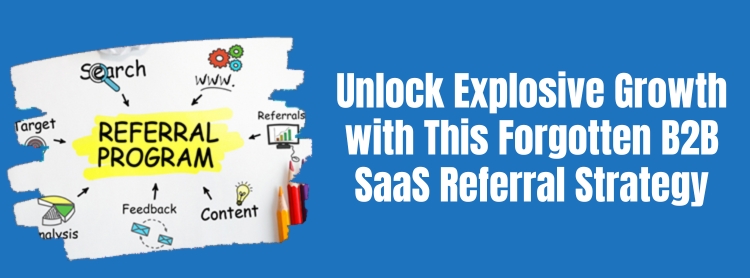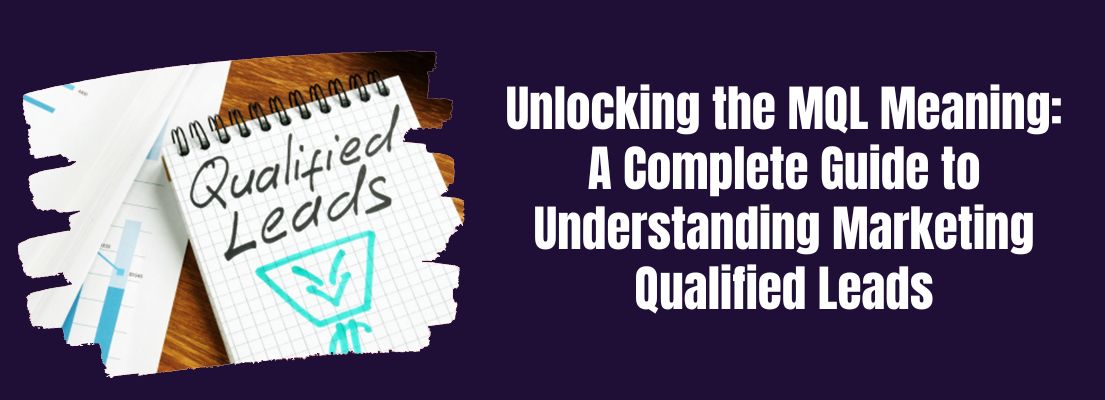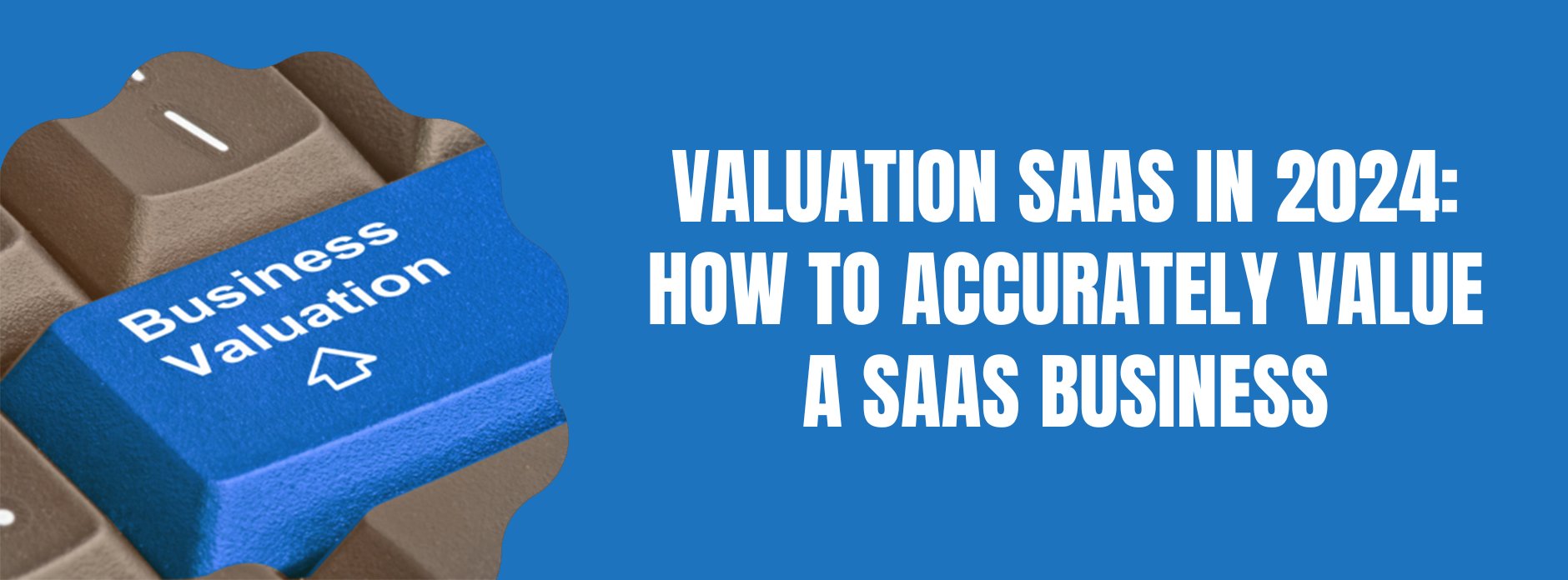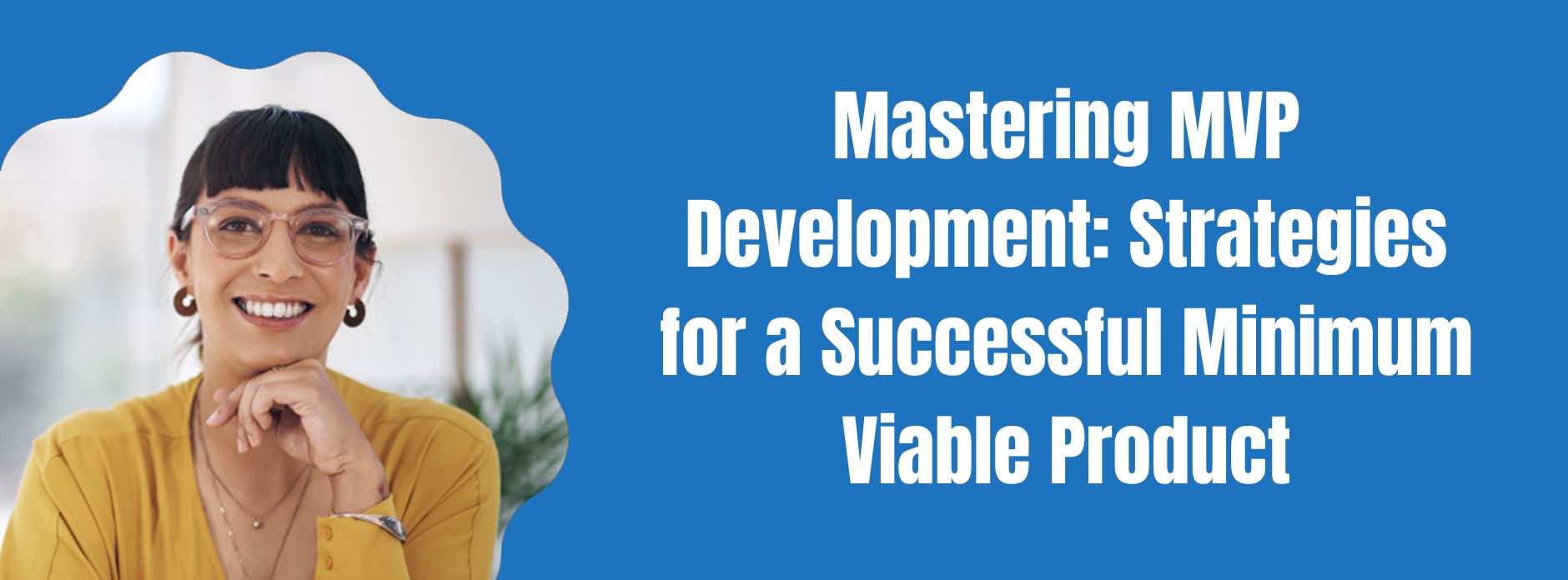In the rapidly evolving landscape of B2B SaaS, developing a robust referral program is crucial for sustained growth and customer engagement. A well-structured referral program hinges on three key pillars: Incentives, Integration, and Insights. Each of these components plays a vital role in converting satisfied customers into active promoters of your product.
Key Takeaways
- Incentives are key: A successful referral program must offer appealing and personalized incentives, ranging from monetary rewards to exclusive features, tailored to the diverse needs and values of customers.
- Seamless integration is essential: The referral program should be intuitively integrated into the customer journey, ensuring an effortless referral process and automating the tracking and management of referrals for efficiency.
- Data-driven insights for optimization: Continuous refinement and optimization of the referral program, using data insights from metrics like conversion rates and customer lifetime value, are crucial for its effectiveness and adaptability.
Incentives: More Than Just Rewards
The foundation of any successful referral program lies in its incentives. It’s essential to offer rewards that genuinely appeal to your customer base. It could range from monetary rewards, such as discounts or cashback, to non-monetary benefits, like exclusive access to features or enhanced service levels. The key is to understand your customers deeply and tailor incentives that align with their values and needs.
For instance, a tiered reward system can create a sense of progression and achievement, encouraging continued participation. Personalization is also critical; different customer segments might be motivated by different incentives. Creating a diverse range of rewards can cater to this varied audience, ensuring broader appeal and participation.

Integration: The User Experience Focus
Integration of the referral program into the customer journey should be smooth and intuitive. It involves embedding referral options in logical and easily accessible parts of the product experience. Whether through direct referral links, social media sharing capabilities, or integration with email systems, the process should require minimal effort from the user.
On the backend, automating the tracking and management of referrals and rewards is vital for efficiency and accuracy. A seamless integration ensures that the referral process does not disrupt the user experience but complements it.
Insights: Data-Driven Refinement

The final pillar, Insights, revolves around using data strategically to optimize the referral program. Tracking key metrics such as the conversion rates of referrals, the lifetime value of referred customers, and the performance of different incentive schemes provides invaluable information.
This data should be used to refine and adjust the program. Regular A/B testing can help identify the most effective strategies and adapt to changing customer behaviors and market trends. The goal is to create a dynamic and responsive referral program that grows and evolves with your business and customer base.
Conclusion
A successful referral program in the B2B SaaS sector should be built on enticing and varied incentives, seamless integration into the user experience, and ongoing, data-driven optimization. Focusing on these three pillars enables businesses to increase their customer base through referrals and enhance customer loyalty and engagement, creating a thriving community of brand advocates.





